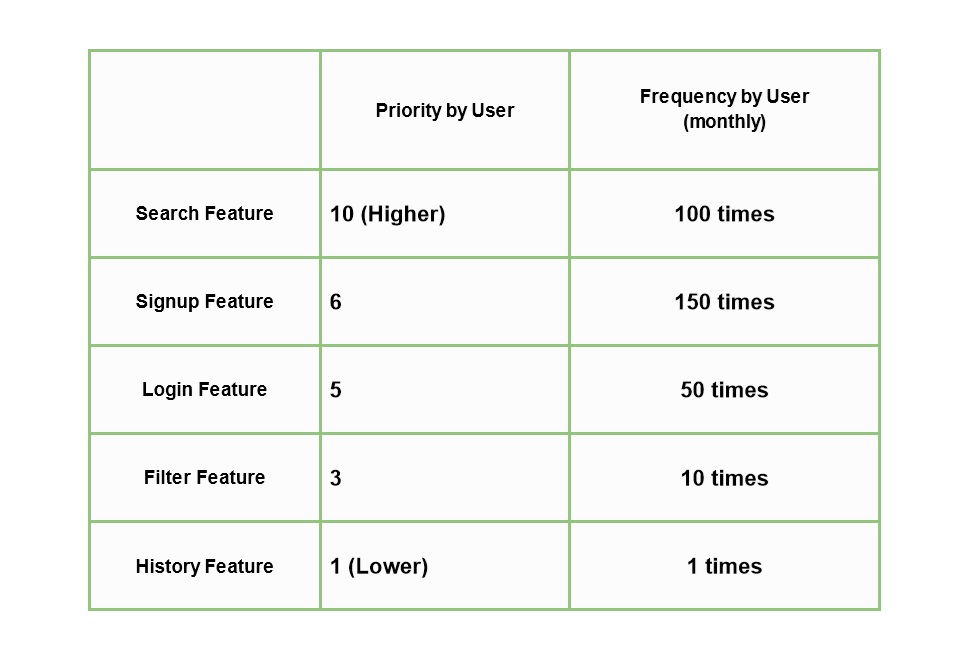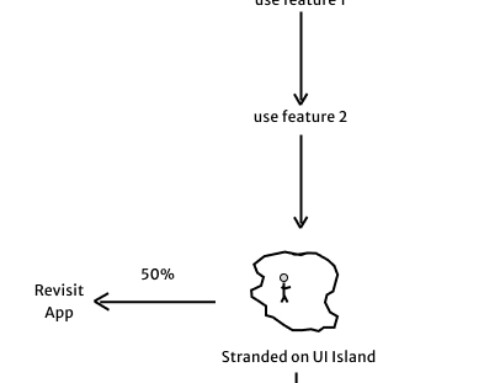How to Prioritize Features in Your App UI Design: A Practical Framework
One of the most critical decisions in UI design is determining which features to highlight and which ones to keep in the background. Prioritizing features is not just about making a clean, usable interface—it’s about understanding the user experience and delivering what matters most. In this article, we’ll explore how to prioritize different features in your app and how to effectively organize them within your UI design.
The Challenge of Feature Selection
When you’re developing a new app, every feature you think of seems essential. At the idea stage, it’s tempting to include everything that might add value to your users. However, not all features are equally important or necessary for your app’s success. The challenge lies in deciding which features should be front and center, and which ones can be moved to the background or omitted entirely.
This can be a daunting task, especially if you’re feeling overwhelmed by the number of potential features. To help with this process, I’ve developed a framework that can guide you through making these crucial decisions. By using this framework, you’ll have a structured way to prioritize features, making it easier to focus on what truly matters.
Priority/Frequency Matrix: A Framework for Prioritizing Features
At the heart of this framework is a simple, two-column matrix. The idea is to evaluate each feature based on two key factors: priority and usage frequency. By comparing features along these dimensions, you can decide which ones are essential for your app and which ones can wait.
1. Priority: How Important Is This Feature to Users?
The first column of the matrix is priority—essentially, how critical you believe a feature is for your app’s success. Some features may be game-changers, while others are merely nice-to-haves. To assess this, consider how much value the feature provides to users and how central it is to the app’s core functionality.
2. Frequency of Use: How Often Will Users Interact with This Feature?
The second column is usage frequency, which looks at how often users will interact with the feature over a given period (e.g., a day, week, or month). A feature might be highly important, but if users rarely need it, it may not warrant a prominent position in your UI.

An Example of Priority/Frequency Framework Applied to an App UI
Gathering Data for More Accurate Analysis
To minimize bias and increase the accuracy of your analysis, gather input from multiple sources—whether it’s from friends, colleagues, or team members. Having diverse perspectives helps ensure that your scores reflect a broader range of user experiences. Additionally, tracking feature usage over a fixed time period—whether it’s a month, week, or even a single day—provides concrete data that you can use to make more informed decisions.
When assigning priority and frequency scores, be sure to compare each feature against others within your app. Even a small difference in score—say, 0.5—can make a significant impact on which features rise to the top. This comparative scoring will help you avoid the pitfall of overestimating the importance of certain features.
The Benefits of the Priority/Freq Framework
By using this framework, you can achieve several important outcomes:
- Feature Prioritization: The matrix will help you identify which features are essential and which ones can be delayed or discarded. Features with higher priority should be given more attention, while lower-priority features can be placed in the background or considered for future versions.
- Focused Design and Development: The framework also allows you to identify which features require the most attention. For example, if a feature is both high in priority and frequency, it should be a focal point of your UI design. By focusing on these features, you can ensure that users feel the app is intuitive and practical, not cluttered or overwhelming.
- Efficient Team Planning: With a clear understanding of which features will take up the most attention and resources, you can plan your team’s efforts more effectively. Whether it’s engineering or design, the team can allocate time and resources where they’ll make the most impact.
- Targeted User Communication: The framework helps you decide which features to emphasize when communicating with users. By knowing which features matter most, you can ensure your marketing, onboarding, and user guides focus on what’s truly important.
- Optimized UI Layout: The final benefit is in the actual UI design. By understanding the importance and frequency of use of each feature, you can strategically place features where users will expect to find them. This will create a more intuitive and seamless experience, while ensuring the app doesn’t feel cluttered.
Conclusion
Choosing which features to prioritize in your app UI design doesn’t have to be overwhelming. By using the usage/frequency matrix framework, you can take a structured, data-driven approach to make these important decisions. The framework helps you focus on what truly matters, ensuring that your app delivers the best user experience while optimizing your team’s efforts.
By keeping your focus on the most important features, you’ll increase your chances of creating a successful app that users find practical, intuitive, and engaging.
If you found this framework useful and think others might benefit from it, don’t forget to like and share this article!
Photo Credit:
Photo by Hal Gatewood on Unsplash
by ajithimself@yahoo.com
Share
Get In Touch for Free Consultation!
Send Whatsapp Message to
+91 8793326974
Vishal Nagar, Pimple Nilakh
411027
Pune.
Near Wakad.


